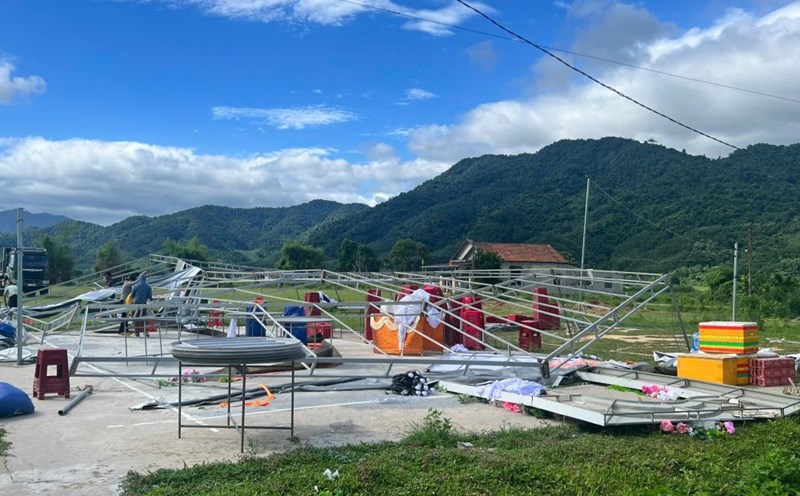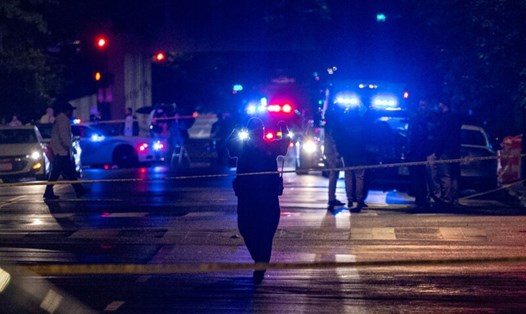The plan was released amid the escalating conflict with the armed group Hamas and the Israel Defense Forces (IDF) shifting their focus from destroying enemy members to occupying and destroying their infrastructure.
Speaking on May 25, General Eyal Zamir, IDF Commander, emphasized that the military campaign in Gaza is not an endless conflict. He said Hamas was under great pressure and had lost much of its forces and control. According to him, this is the time to shift to substantial territorial control to disrupt the group's long-term viability.
On the same day, the IDF said it was planning to take control of the entire Rafah, Khan Younis and northern towns of Gaza City - areas that account for about 75% of the Gaza Strip. Currently, the IDF has controlled about 40% of the territory.
Israeli officials confirmed that the operation will be phased in over the next two months, with the aim of "clearing" Hamas' infrastructure and leveling buildings serving the armed group's operations.
After a two-month ceasefire ended on March 18, the IDF deployed five divisions - equivalent to tens of thousands of troops - to Gaza. Tel Aviv is reportedly preparing for a large-scale ground offensive if Hamas does not release the remaining hostages. According to the IDF, Hamas is currently holding 58 hostages, of which about 20 are believed to be alive.
In the new plan, Palestinian civilians in Gaza are expected to move to the remaining three small areas, occupying about 25% of the territory - a "safe zone" of the southern coast in Mawasi, the Deir al-Balah and Nuseirat areas in the central region, and the center of Gaza City.
The IDF estimates there are about 700,000 people in Mawasi, 300,000 to 500,000 in the central region, and about 1 million in Gaza City. This means nearly 2 million Palestinians will be concentrated in the remaining 1/4 of Gaza.
According to information from the IDF, Hamas has built about 900 km of tunnels under the Gaza Strip, of which 25% have been destroyed. The Israeli military believes that the destruction of the tunnel system and infrastructure is a key factor in "really defeating" Hamas and achieving military goals.











